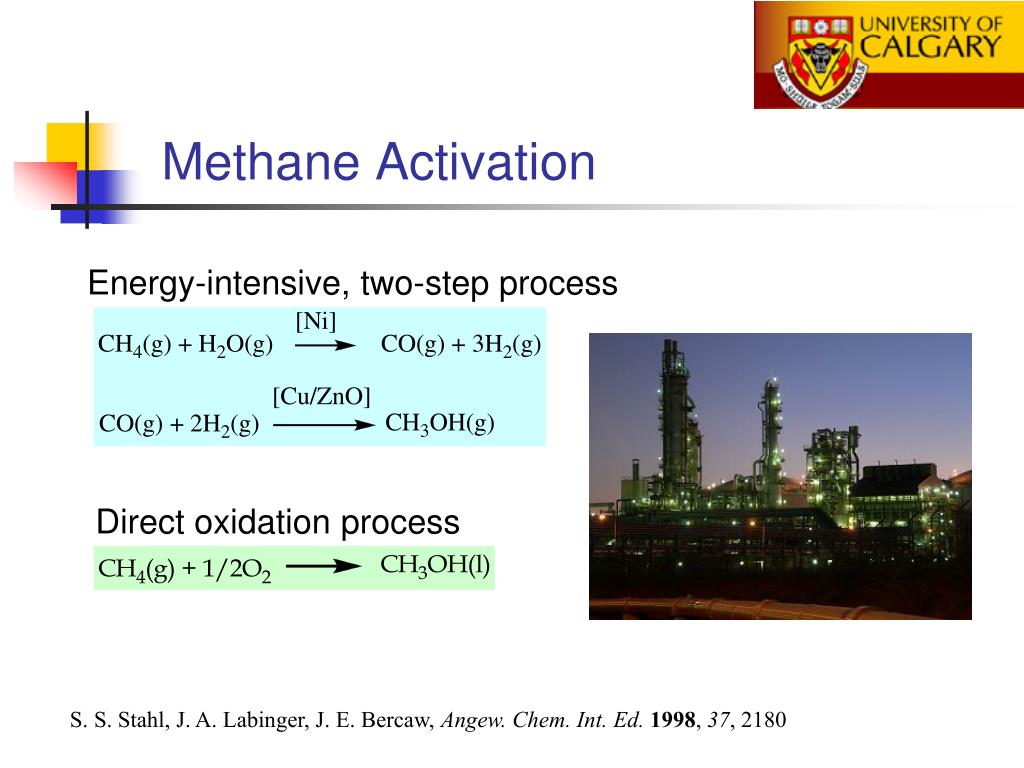

The structure was solved by the direct and Fourier methods and refined anisotropically (isotropically for hydrogen atoms) using the full-matrix technique to final factors R CH3CN (Phen = 1,10-phenantroline), comprising a Co(III) dicobaltacarborane cluster anion has been prepared and characterized by single crystal X-ray diffraction.Of the methoxy groups of the neighboring molecules, with Cu.O distances being 2.8 å.Ī novel compound, In both cases, the square planar environment of the Cu atom is completed to bipyramidal by interactions with the oxygen atoms Of chelate nodes in the complexes are almost equal: the Cu-0 distances are 1.92 å and the O-Cu-0 bond angles 92.1‡ (average). The introduction of CF3 groups into alkoxy-Β-diketone considerably decreases the sublimation temperature of the complex. The crystal-chemical data of the compound are compared with those of the nonfluorinated analog, trans-bis(2-methoxy-2,6,6-trimethylheptane-3,5-dionato)copper(II). The complexes are packed to form through channels ≈5 å in diameter along the c axis, with terminal fluorine atoms facing The structure was refined anisotropically for 2314 independent reflections with I > 2Σ(I) to R = 0.069. The compound has a molecular structure the crystals consist of trans-bis(1,1,1-trifluoro-5-methoxy-5-methyl-2,4-hexanedionato)copper(II)Ĭomplexes. The calculated structural parameters are comparedĪ combined X-ray diffraction study of the single crystals (Enraf-Nonius CAD-4 automatic diffractometer, MoKα radiation, graphite monochromator) and polycrystals (DRON-UM1, CuKα radiation, Ni filter) of a new volatile complex of Cu(II) obtained from fluorinated alkoxy-Β-diketone, CF3-CO-CH2-CO-C(CH3)2OCH3, is reported. deg2) with a minimum coiresponding to a planar ring conformation with ϕ = 0°.For 1,1,3,3-tetram ethyl-1,3-disilacyclobutane, the potential function is adequately The 0 →2 transition to the experimental value. A more reliable estimate for the height of the barrier (V0 = 0.56 kcallmole) was obtained by solving the one-dimensional quantum vibrational problem and by fitting the frequency of The potential function of 1,1-dim ethylsilacyclobutane is representedĪs V(ϕ) = V02 with V0 = 1.3 ± 1.2 kcallmole and ϕe = 29.7±4.5°, where ϕ is the ring puckering angle. Quantum chemical calculations with an HF/6-311G** basis. The structural and potential function parameters were refined with allowance for molecular geometry relaxation estimated by Gas phase electron diffraction analysis using a dynamic model, which considers ring inversion as a large-amplitude motion. The geometrical parameters for 1,1-dimethylsilacyclobiitane and 1,1,3,3-tetramethyl-13-disilacyclobutune are detemiined by MHRA 'Zh Strukt Khim', All Acronyms, 11 August 2022, Bluebook All Acronyms, Zh Strukt Khim (Aug. Zh Strukt Khim, All Acronyms, viewed August 11, 2022, MLA All Acronyms. Retrieved August 11, 2022, from Chicago All Acronyms.

Facebook Twitter Linkedin Quote Copy APA All Acronyms.


 0 kommentar(er)
0 kommentar(er)
